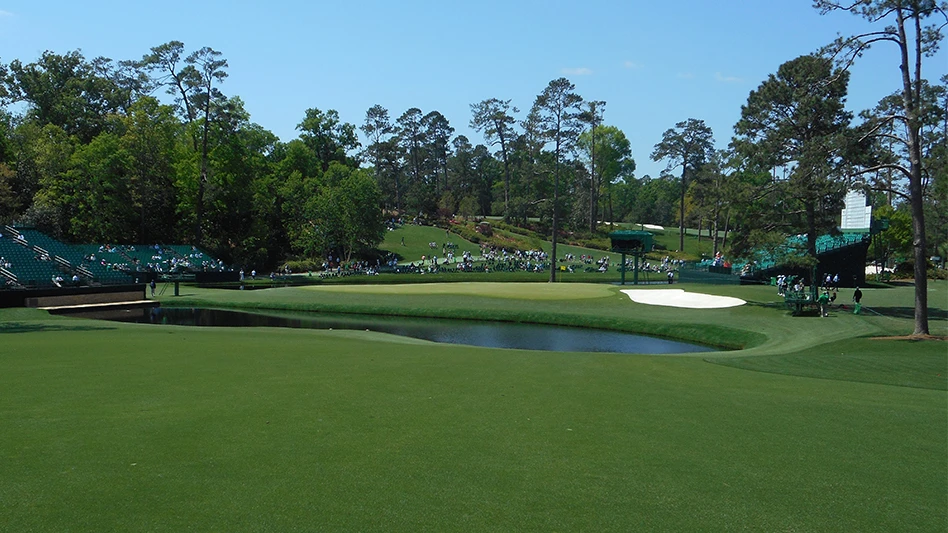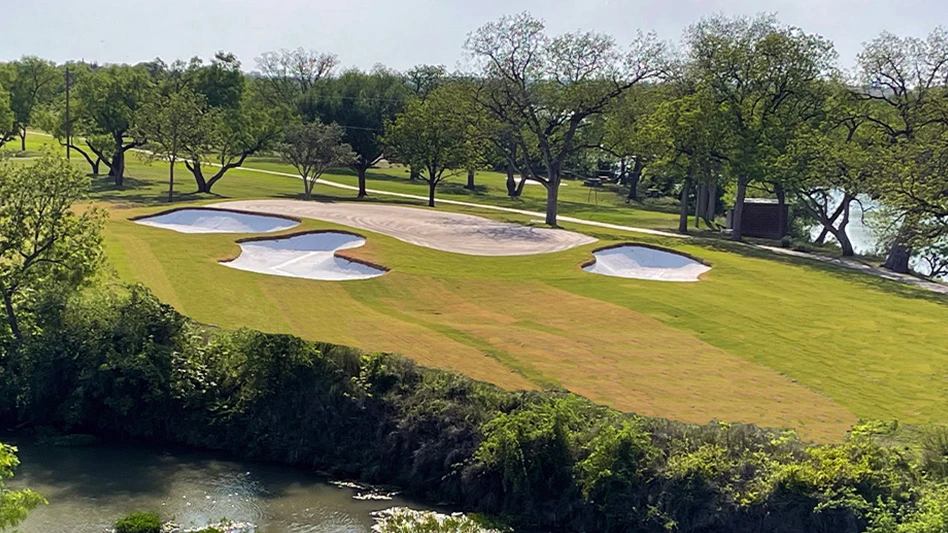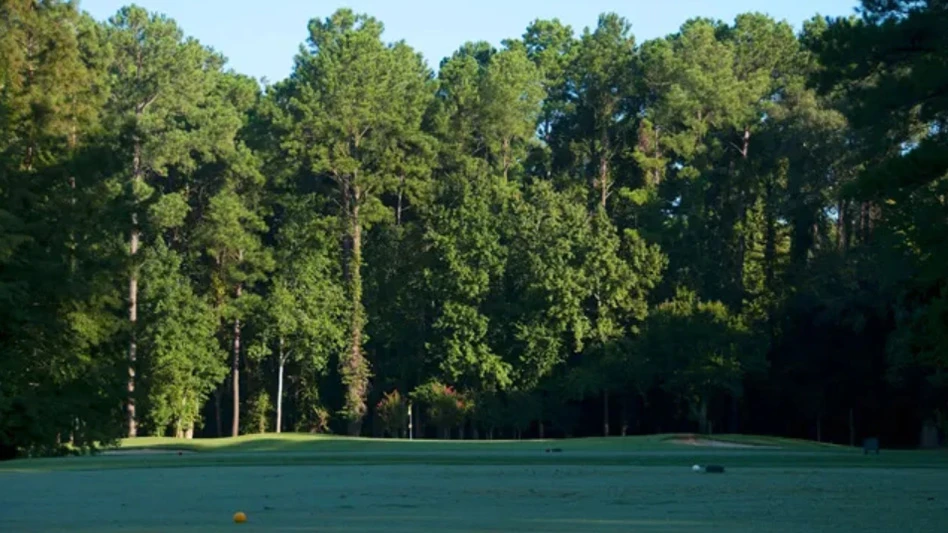 Jeffrey D. Brauer Jeffrey D. Brauer |
In 2005, I wrote about golf course tree planting, and it’s time to revisit both design – this month – and installation – next month – in time for the fall tree planting season. While some golf courses are engaging in tree-reduction plans, in many cases, it’s because the course planted them in the wrong quantities and locations over the years, demonstrating the need for a good long-term tree and landscape plan. Some clubs add trees by committee, others use landscape architects, and while talented and well intentioned, landscape architects often know as little about locating golf course trees as the members. Ideally, a golf course tree planting plan should be prepared by a golf course architect – many of whom are also landscape architects – who can consider all aspects to your tree planting master plan, including golf, golf course maintenance, and club politics. Some general thoughts I have used in golf course tree planting over the years.
Long-term thinking also reduces the emphasis on currently popular – but unproven – trees… think Dutch Elm disease. I have seen young, wet-behind-the-ears landscape architects ignore hard-learned lessons in using borderline hardy trees in tough climates. Old timers know extreme conditions killed off similar trees well before the “young pup landscape architects” were even born.
In short, don’t forget your trees in long-term facility planning, and don’t forget that your golf course architect is probably the most conversant in how trees affect the golf experience. |

Explore the August 2012 Issue
Check out more from this issue and find your next story to read.
Latest from Golf Course Industry
- KemperSports taps new strategy EVP
- Audubon International marks Earth Day in growth mode
- Editor’s notebook: Do your part
- Greens with Envy 66: A Southern spring road trip
- GCSAA’s Rounds 4 Research auction begins
- Quali-Pro hires new technical services manager
- KIOTI Tractor boosts sales leadership, introduces compact loaders system
- Envu adds three new sales managers






